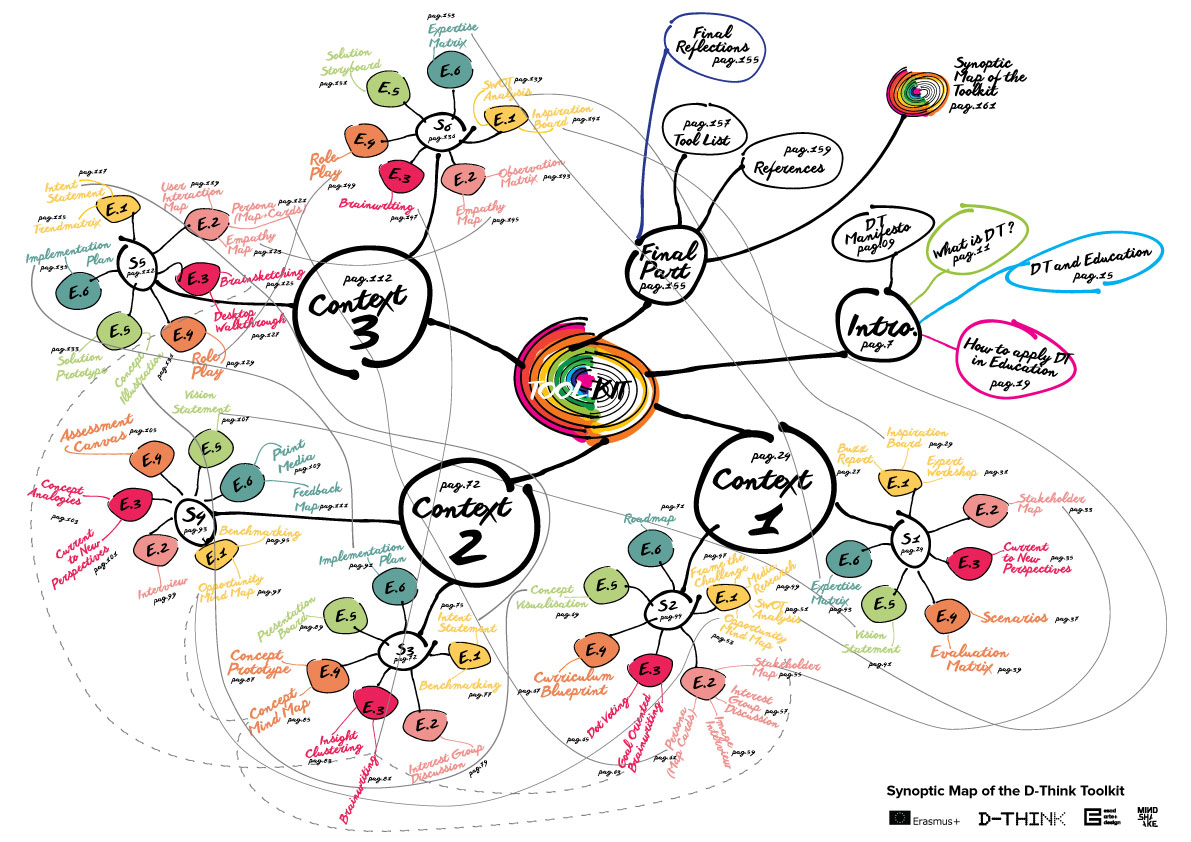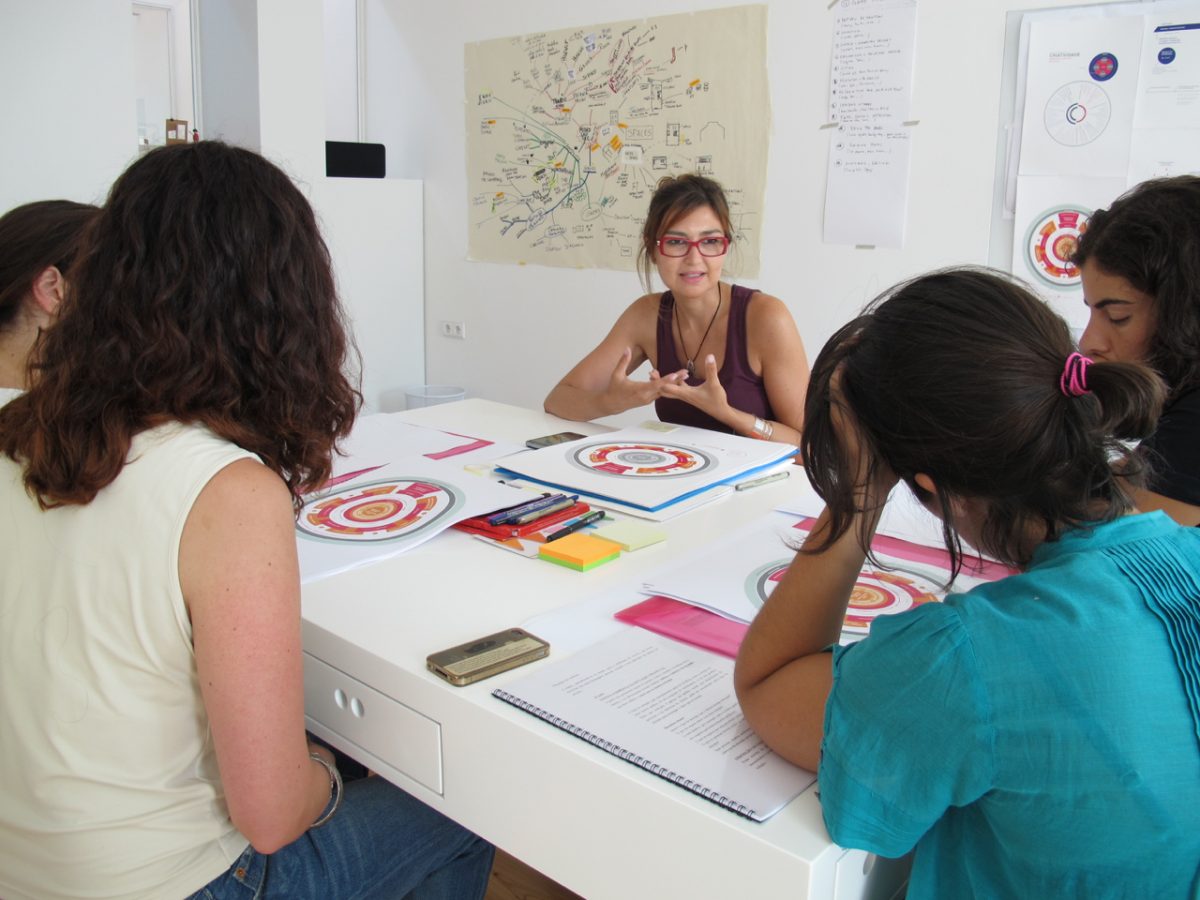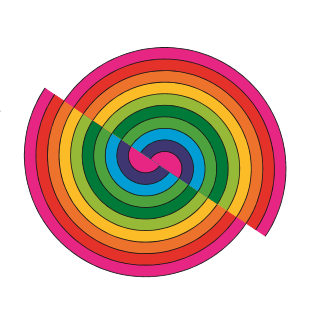Está agora online a tese de doutoramento da Priscila Zavadil, co-orientada por Katja Tschimmel (MINDSHAKE/ESAD).
O pensamento criativo no processo projetual
– proposta de um framework para auxiliar a criatividade em grupos de design
Creative thinking in design process
– proposal for a framework to aid creativity in design groups
Author: Priscila Zavadil Pereira
Advisor: Regio Pierre da Silva
Co-advisor: Katja Tschimmel
Date: 2016
Institution:
Universidade Federal do Rio Grande do Sul.
Escola de Engenharia. Faculdade de Arquitetura.
Key words: Criatividade | Design | Processo criativo
Analogy thinking | Creative thinking | Creativity | Design
Resumo
A criatividade no design envolve um processo, que inclui tanto o processo cognitivo do indivíduo, quanto os processos de criação, de projeto e de comunicação. O pensamento criativo do indivíduo, com suas operações cognitivas e conhecimentos armazenados, permite a criação de novas conexões entre ideias. Entretanto, considerando uma perspectiva contextual e sistêmica, os pensamentos individuais serão também estimulados e influenciados por contextos sociais e trabalhos em grupos, nos quais as ideias são desenvolvidas também a partir da expressão e comunicação do pensamento do outro. Neste processo, o pensamento por analogias mostrou-se como um procedimento cognitivo fundamental para a formação de combinações e novas relações que são percebidas e então reorganizadas em uma ideia nova. Contudo, há lacunas a respeito do assunto, sobre como auxiliar esse tipo de pensamento nos indivíduos e que estratégias, métodos e estímulos podem ser utilizados em processo criativos em grupo. Nesse sentido, o objetivo desta tese é desenvolver um framework para auxiliar o processo criativo em design, centrando-se no pensamento por analogias, que identifique estratégias e mecanismos que apoiem esse processo em indivíduos e grupos de projeto. Para tanto, foi realizada uma revisão de literatura sobre criatividade, processo e pensamento criativo, bem como a respeito do pensamento por analogias e a sua ocorrência enquanto no pensamento criativo em design. A seguir, a fim de compreender o entendimento dos designers sobre o processo criativo e os facilitadores do pensamento por analogias na prática e no ensino do design, realizou-se a coleta de dados da investigação. A coleta foi realizada através de questionários virtuais para estudantes e docentes de design e de entrevistas semiestruturadas em escritórios de design. O grupo de sujeitos da pesquisa compreendeu designers brasileiros e portugueses, com diferentes níveis de experiência. Os dados obtidos foram analisados e triangulados com a análise da literatura, o que possibilitou o desenho de um modelo contendo os fatores críticos que influenciam a criatividade em grupos e indivíduos, um modelo do processo e pensamento criativo, a identificação de estratégias e mecanismos que podem auxiliar esse tipo de pensamento e, por fim, diretrizes para o desenho do framework conceitual. Com isso, foi desenvolvida uma primeira versão do framework, que foi avaliada com a realização de workshops com três grupos distintos de participantes, incluindo docentes, estudantes e profissionais de design. A partir das avaliações, aprimorou-se o framework conceitual, organizado em cinco etapas e contendo estratégias, ações, mecanismos, recomendações e sugestões de métodos, técnicas e ferramentas para auxiliar o processo criativo e o pensamento por analogias para a criação de conceitos em grupos de design. Dentre as ferramentas sugeridas, foi também desenvolvido um mapa visual, denominado canvas, a exemplo de ferramentas similares, contendo recomendações e questões-chave geradas a partir das estratégias do framework, a fim de auxiliar a sua aplicação na prática projetual.
Abstract
Creativity in design involves a process that includes both the individual cognitive process as the creative, design and communication processes. The individual creative thinking, with their cognitive operations and knowledge stored, allows the creation of new connections between ideas. However, considering a contextual and systemic perspective, individual thoughts will also be stimulated and influenced by social context and work in groups in which ideas are also developed from the expression and communication of thought the other. In this process, the analogical thinking proved to be a key cognitive procedure for the formation of combinations and new relationships that are perceived and then reorganized into a new idea. However, there are gaps on the subject, how about helping this kind of thinking in individuals and strategies, methods and stimuli can be used in creative group process. In this sense, the objective of this thesis is to develop a framework to assist the creative process in design, focusing on thinking by analogies, identifying strategies and mechanisms to support this process in individuals and project groups. Therefore, there was a review of literature on creativity, process and creative thinking as well as about the thinking by analogies and their occurrence as cognitive process of design creative thinking. Next, in order to identify the understanding of the designers on the creative process and the facilitators of thinking by analogies in practice and design education, held the collection of research data. Data collection was conducted through virtual questionnaires for students and teachers design and semi-structured interviews in design offices. The sample consisted of Brazilian and Portuguese designers with different levels of experience. The data were analyzed and triangulated with the analysis of the literature, which enabled the design of a model containing the critical factors that influence creativity in individuals and groups, a model of the process and creative thinking, the identification of strategies and mechanisms that can assist this kind of thinking, and finally, guidelines for the design of the conceptual framework. Thus, a first version of the framework was developed, which was evaluated by conducting workshops with three different participating groups, including teachers, students and design professionals. From the assessments, improved the conceptual framework, organized into five steps and containing strategies, actions, mechanisms, recommendations and suggestions of methods, techniques and tools to assist the creative process and the thinking analogies to create concepts in groups of design. Among the suggested tools was also developed a visual map, called the canvas, like similar tools, containing recommendations and key issues generated from the framework of the strategies in order to assist their application in design practice.
http://hdl.handle.net/10183/149852



